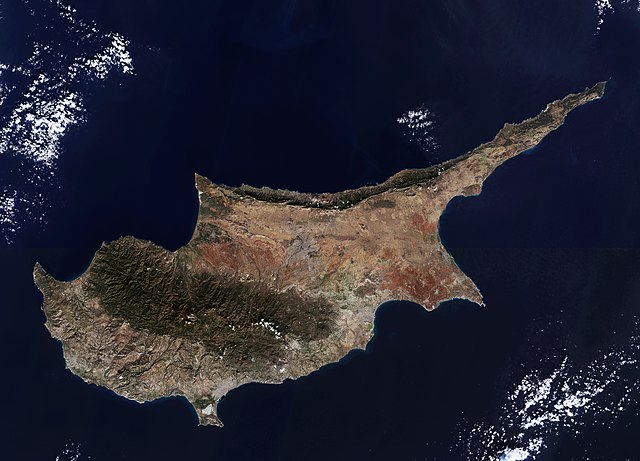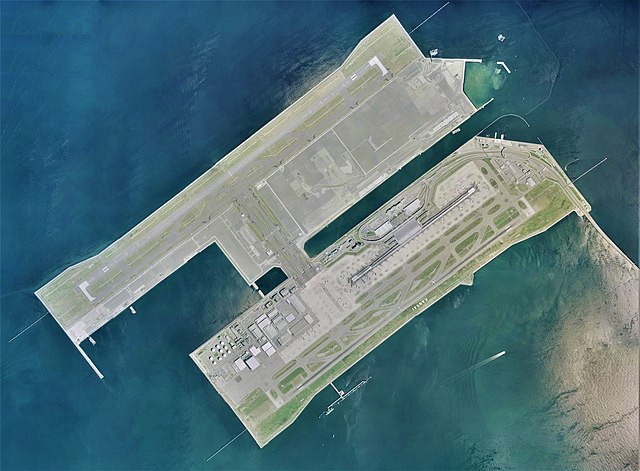An artificial island is an island that has been constructed by humans rather than formed through natural processes. Other definitions may suggest that artificial islands are lands with the characteristics of human intervention in their format process, while others argue that artificial islands are created by expanding existing islets, constructing on existing reefs, or amalgamating several islets together. Although constructing artificial islands is not a modern phenomenon, there is no definite legal definition of it. Artificial islands may vary in size from small islets reclaimed solely to support a single pillar of a building or structure to those that support entire communities and cities. Archaeologists argue that such islands were created as far back as the Neolithic era. Early artificial islands included floating structures in still waters or wooden or megalithic structures erected in shallow waters.

The Flevopolder in the Netherlands is 970 km2 (375 sq mi) and is the largest island formed by reclaimed land in the world.
Reef Island off North Malaita
Dejima, not allowed direct contact with nearby Nagasaki
1927 sea wall pilings from the failed Isola di Lolando construction project in Miami Beach, Florida
An island or isle is a piece of subcontinental land completely surrounded by water. Very small islands such as emergent land features on atolls can be called islets, skerries, cays or keys. An island in a river or a lake island may be called an eyot or ait, and a small island off the coast may be called a holm. Sedimentary islands in the Ganges Delta are called chars. A grouping of geographically or geologically related islands, such as the Philippines, is referred to as an archipelago.
Cyprus, the third largest island in the Mediterranean. Cyprus is about 240 km long and 100 km wide.
Plane landing on an airport island, Velana International Airport, Hulhulé Island, Maldives
Kansai International Airport, on an artificial island







